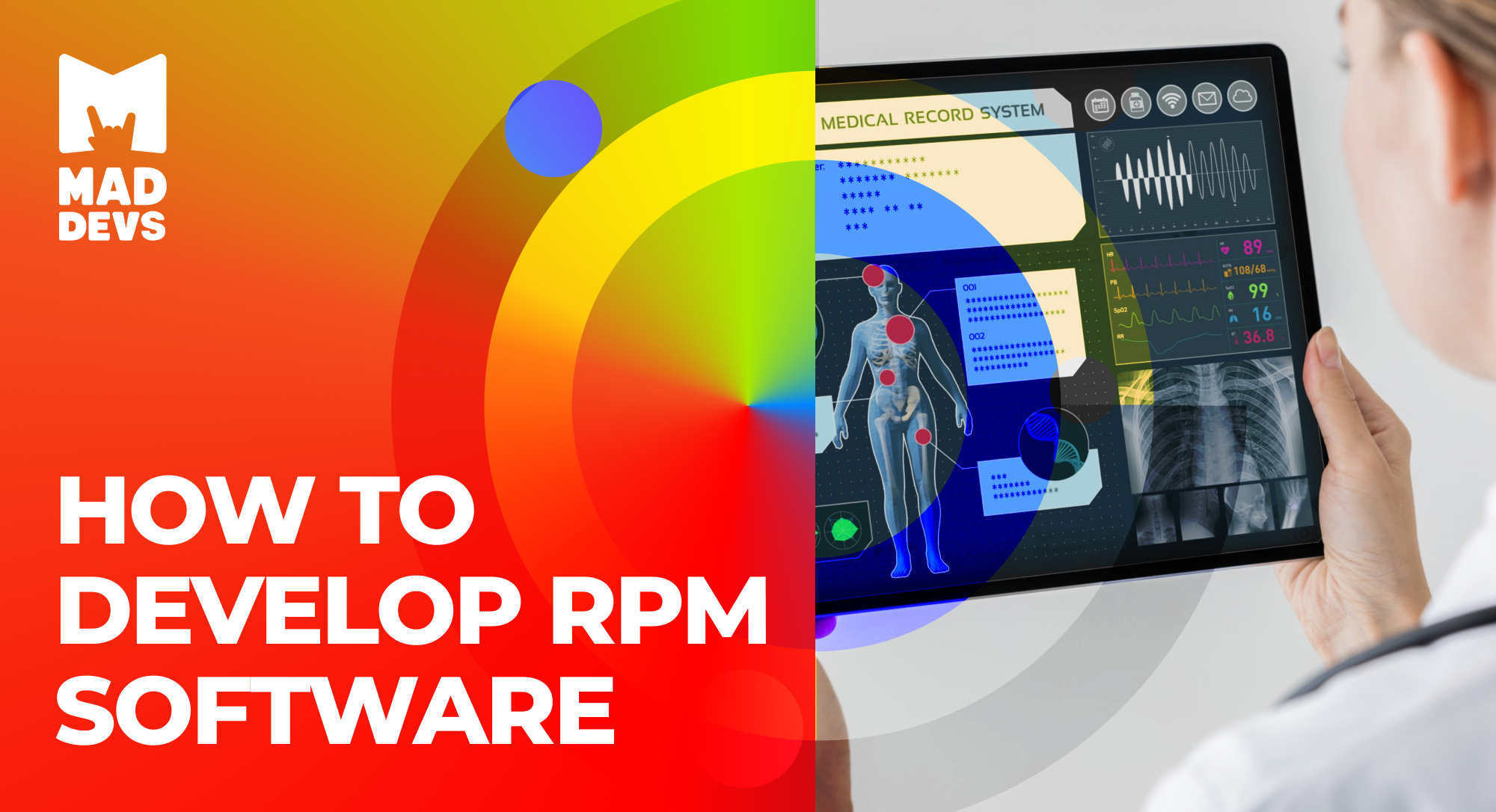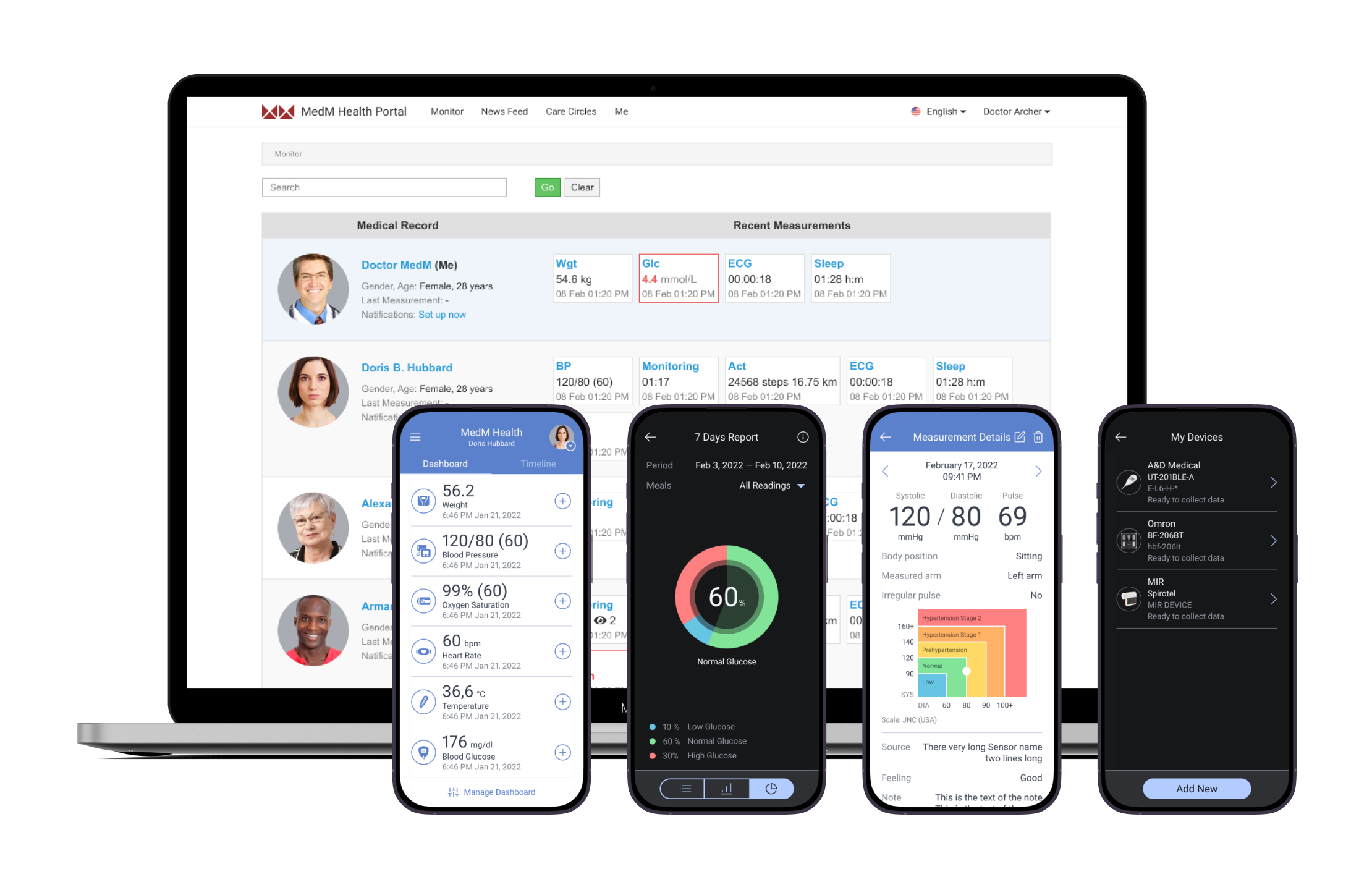The Future of Healthcare: Remote Client Checking Simplified
As healthcare continues to develop, one area that holds enormous assurance is remote person monitoring. With a focus on enhancing client outcomes and enhancing health care distribution, remote surveillance is positioned to reinvent the sector.
Benefits of Remote Client Monitoring
Remote client tracking provides a plethora of advantages for both medical care service providers and clients alike. One significant advantage is the capability to continuously monitor clients' vital indications and health information from another location. This real-time surveillance makes it possible for medical care providers to detect any kind of worrying changes or trends immediately, resulting in early treatments and potentially avoiding clinical emergency situations. Additionally, remote patient surveillance boosts the overall top quality of treatment by offering a more comprehensive and alternative view of patients' wellness condition beyond typical in-person sees.
Moreover, remote person tracking can lead to enhanced patient end results and contentment. Remote tracking can decrease the need for constant healthcare facility gos to, lowering medical care expenses for both suppliers and clients.
Technology Driving Remote Surveillance
In the realm of modern-day health care, technological innovations play a critical duty in driving the development and effectiveness of remote person tracking. The integration of cutting-edge innovations such as wearable devices, mobile applications, and cloud-based systems has revolutionized the method doctor from another location keep track of and manage person health - remote patient monitoring software. These modern technologies enable constant real-time monitoring of crucial signs, medicine adherence, and various other important wellness data, enabling for prompt interventions and customized care plans
One secret technology driving remote tracking is the Net of Things (IoT), which allows smooth connection between medical gadgets and medical care systems. IoT devices such as smartwatches and wireless sensors gather and send client data to centralized systems, promoting remote monitoring from anywhere in the world. Expert system (AI) and artificial intelligence algorithms additionally boost remote surveillance by analyzing vast amounts of client data to discover patterns, forecast wellness fads, and alert medical care suppliers to possible problems.
Impact on Medical Care Distribution
With the integration of sophisticated technologies driving remote patient tracking, the influence on healthcare shipment is coming to be transformative and significantly profound. Remote client tracking permits doctor to offer even more aggressive and customized like individuals, bring about boosted health and wellness results and minimized hospital admissions. By remotely tracking important indicators, signs and symptoms, and medicine adherence, healthcare experts can step in early, avoiding complications and boosting the general quality of treatment.
Moreover, remote surveillance improves accessibility to health care solutions, especially for people in underserved or country areas. Patients can obtain continuous surveillance and support from their homes, getting rid of the need for regular in-person visits. This not just conserves time and decreases prices for both clients and medical care facilities however additionally reduces the threat of exposure to contagious conditions, an important factor to consider in the current health care landscape.
In addition, remote client tracking makes it possible for health care carriers to better designate sources and prioritize care based on real-time data. By determining risky patients and intervening immediately, medical care distribution becomes much more effective and efficient, eventually bring about a more sustainable and have a peek at this site patient-centered health care system.
Improving Person Outcomes

Furthermore, RPM allows for positive administration of persistent problems, minimizing the chance of acute exacerbations and medical facility readmissions. Individuals gain from raised ease and convenience, as they can obtain care in their own homes while remaining attached to their medical care providers. This continual tracking not only boosts person fulfillment however also cultivates a sense of empowerment and engagement in their very own health monitoring.
Future Trends in Remote Tracking
Embracing innovative modern technologies in remote client tracking is forming the future landscape of healthcare delivery. One considerable fad is the increased use of wearable tools and sensing units to collect real-time data, making it possible for healthcare companies to keep an eye on patients constantly without the requirement for constant in-person visits.

In addition, telehealth platforms are becoming a lot more innovative, allowing for virtual assessments, remote medical diagnosis, and remote person monitoring all in one integrated system (remote patient monitoring platform). This holistic method to remote tracking is simplifying healthcare shipment, boosting person complete satisfaction, and inevitably, boosting general top quality of treatment
Verdict
To conclude, remote person surveillance provides various advantages in healthcare delivery, driven by advancements in technology. It has the possible to boost person end results and reinvent the method health care is delivered. Future trends in remote surveillance will certainly remain to shape the landscape of health care, providing possibilities for even more individualized and effective patient treatment.
Remote person tracking provides a wide range of advantages for both health care suppliers and clients alike. Additionally, remote person tracking enhances the total high quality of care by supplying a much more alternative and comprehensive sight of clients' health standing beyond traditional in-person sees.
Furthermore, weblink remote patient tracking can lead to improved individual outcomes and satisfaction. Remote individual monitoring enables healthcare suppliers to provide even more positive and tailored care to individuals, leading to improved health and wellness outcomes and decreased hospital admissions. Remote individual monitoring (RPM) plays a substantial role in enhancing patient results by supplying continual, real-time data that enables medical care service providers to interfere without delay and readjust treatment strategies as needed.